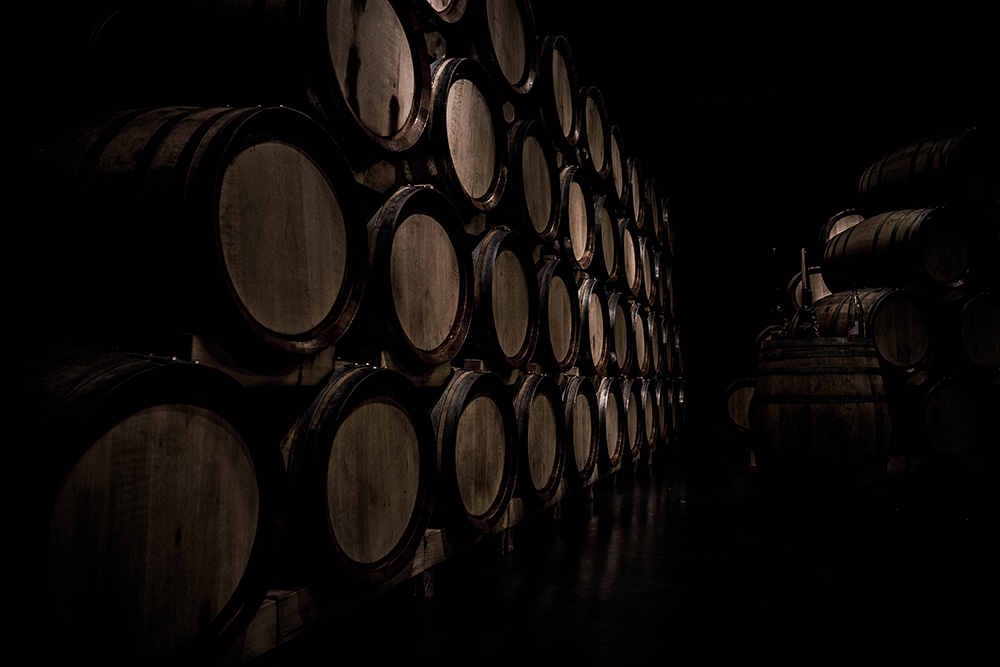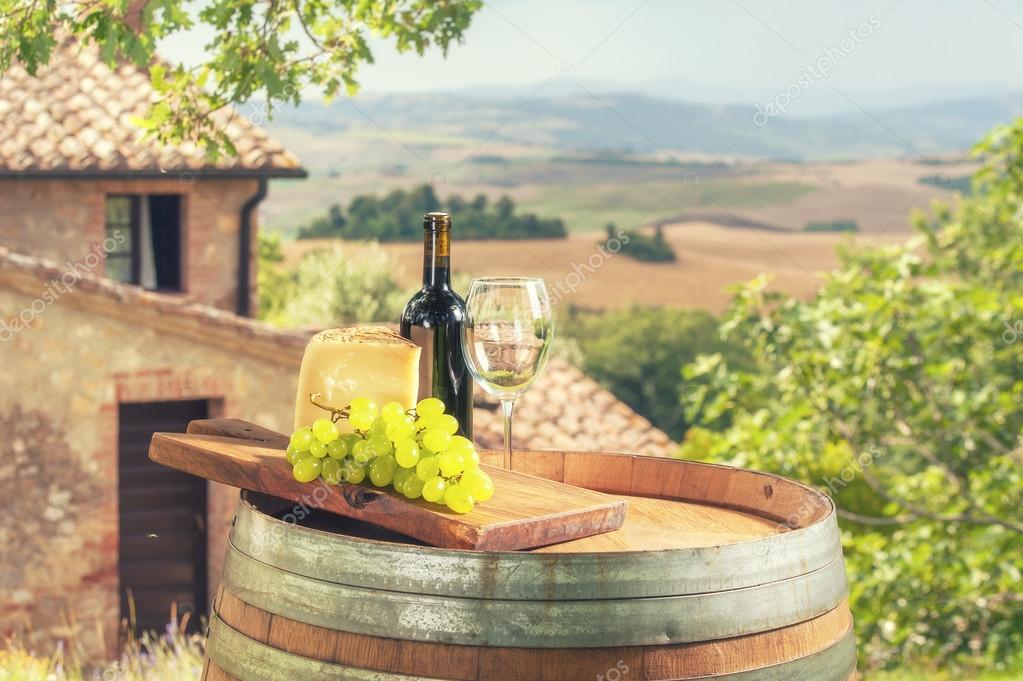Once the wine is made, whether it is intended for young consumption or destined for a longer process, it must be submitted to a lesser or greater aging to be able to make them, definitively, ‘drinkable’. Aging of wine is a process of aging of a certain duration, where the wine evolves, modifies and improves its characteristics due to phenomena of physical, chemical and biological origin.
There are very few wines that go on the market for consumption immediately after processing without being subjected to a minimum period of rest, either in barrels, stainless steel tanks or in the bottle itself.
In addition, there is no single type of aging applicable to wines, but it can be made in different containers and therefore subjected to different aging conditions, where oxidation or reduction levels stand out, and can then be classified according to age with the following categories: oxidative (when oxygen comes in contact with wine), reductive (when the absence of oxygen -in the bottle mainly- is what makes the wine evolve) and biological (in which living organisms -yeasts- modify the characteristics of the wine, as in generous, sparkling…).
Storage of wine
After the earthen jars, wood has been the most used material for the conservation of wine. It is not an inert material, but it modifies to such an extent the characteristics of the wine that one can speak of a true aging and not just a simple conservation.The cooperage has made use throughout its history of many types of woods: chestnut, cherry, acacia, and so on. Currently, however, all agree in pointing to the oak as the most noble wood for the construction of barrels.
Oak barrels
The oak provides its particular olfactory and taste characteristics, marked by notes of vanilla that combine perfectly with the fruity aromas and flavours of young wines.
Barrel aging has more positive aspects:
• Decantation of particles, thus giving cleanness to the wine.
• Progressive and permanent oxidation, depending on the porosity of the oak.
• Integration of some substances of wood in wine.
The amount of dissolved substances in the wine is a function of the nature of the wine, its alcohol content, the aeration and the characteristics of the oak. These characteristics are defined, in turn, by the origin of the wood, by its drying and by the technique used in the manufacture of the barrel.
Once bottled, the wine is brought to a period of aging in said bottle, which is called redox or reductive.

The oak provides its particular olfactory and taste characteristics, marked by notes of vanilla that combine perfectly with the fruity aromas and flavours of young wines.
In the absence of oxygen, the wine, in a living state, reacts by conjugating all its components, leading to an irreversible change, giving rise to the appearance of the bouquet.
The transformations of the wine in the bottle are the following:
• Slight oxidations
• The colouring matter evolves.
• The flavours and aromas change.
Aging of Wine Styles
Taking into account the type of wood used in aging, the characteristics of the wine will be modified accordingly.
These aging times are indicated by the Regulatory Councils of each production area.
The aging time begins to count from the beginning of January of the year following the harvest.
According to the different criteria, the general aging times can be established as:
| Type of wine | In barrel | In bottle | Total |
| White and rosé | From 6 to 9 months | From 15 to 18 months | 24 months |
| Crianza Red Wines | 12 months | 12 months | 24 months |
| Reserva Red Wines | 12 months | 24 months | 36 months |
| Gran Reserva Red Wines | 24 months | 36 months | 60 months |
These aging periods, valid only for Spain, may be modified by the regulations of each Regulatory Council.
